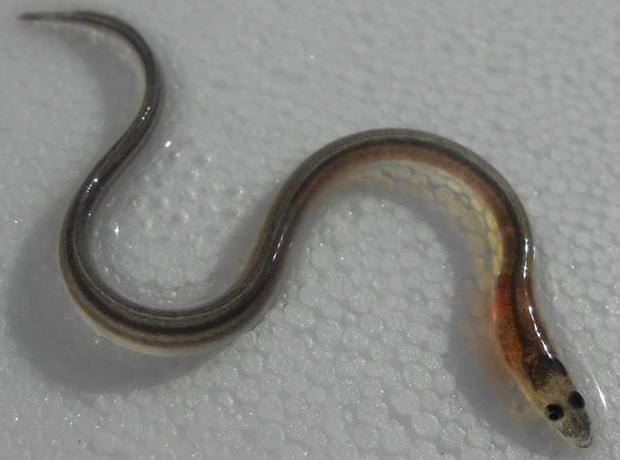Researchers: Kyle Young (Aberystwyth University), Sam Ladak (Cardiff University), Oliver Castell (Cardiff University), Bill Perkins (Aberystwyth University), Jessica Stephenson (ETH Zurich), John Taylor (Natural Resources Wales), Peter Gough (Natural Resources Wales), Nathan Putman (National Oceanic and Atmospheric Administration, USA)
Fishery scientists specialising in evolutionary and sensory ecology, animal migration, and fish culture collaborated with a physicist, a biophysicist and a chemist on a project that took them in unexpected directions.
It is well known that salmon use mineral Magnetite in brain cells as a compass to navigate during oceanic migrations. The project sought to determine if metal mine pollution would interfere with the ability of juvenile salmon to detect variation in the Earth’s magnetic field.
At Natural Resources Wales’s Cynrig fish hatchery, the team built a magnetoreception testing apparatus and three recirculating freshwater rearing systems. Unfortunately, the warm Welsh summer (!) made it impossible to keep water temperatures low enough to ethically rear salmon.
Luckily, the team was also rearing juvenile European eels at Cynrig. They turned their attention to one of  nature’s great mysteries: how do juvenile eels migrate from the Sargasso Sea to European rearing habitats? Experimentally exposing eels to magnetic fields from across their north Atlantic migration route revealed that eels can detect subtle differences in magnetic fields, and that this “magnetic map” can aid their migration to Europe.
nature’s great mysteries: how do juvenile eels migrate from the Sargasso Sea to European rearing habitats? Experimentally exposing eels to magnetic fields from across their north Atlantic migration route revealed that eels can detect subtle differences in magnetic fields, and that this “magnetic map” can aid their migration to Europe.
Beyond providing fresh insight into eel migration ecology, the project spurred a collaborative research programme exploring whether adult eels also use a magnetic map to aid migration, and if “magnetic drift” of the Earth’s fields can explain recent global declines in eel abundance.
Their findings were recently published in Current Biology and attracted coverage from over 50 press outlets in North America and Europe.
Click here to see more projects
